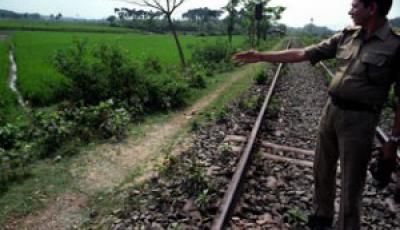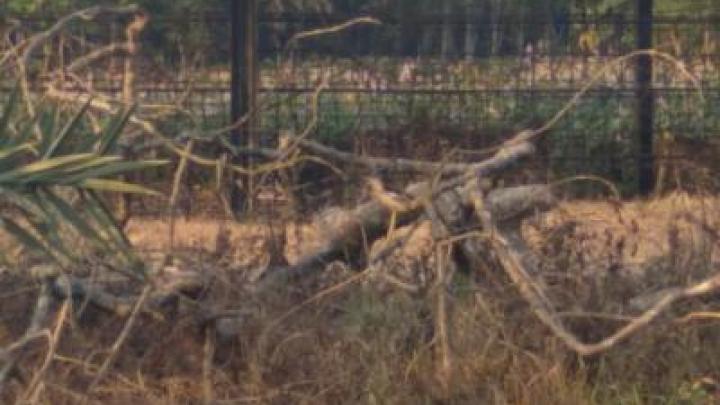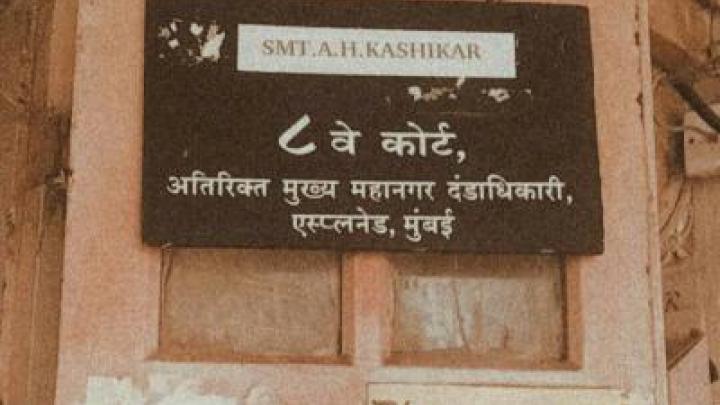Walking the Thin Line/s
Posted
Time to read
Guest post by Rimple Mehta, Faculty Member of the School of Women's Studies at Jadavpur University
In India, foreigners caught without legal documents may be arrested under the Foreigners Act 1946, and if convicted, sentenced to terms of imprisonment up to five years and fined. Those arrested under this Act are held in the same prison as other ‘criminals’. Bangladeshis comprise the largest number of foreigners arrested under the Foreigners Act.

Many of the forty Bangladeshi women I interacted with seemed unaware of the nature of borders and the illegality involved in crossing from one side to the other. Hasina, 21 years old, found it difficult to understand what exactly a border was and what a state entailed: “I thought probably India is within Bangladesh....” she told me, before observing, “when I came here
Bipasha, 18 years old, expressed similar confusion over what constitutes a desh (a term that may be used to refer to a country, a land, a state, motherland, or native land): “I did not know....I knew that it’s all one desh [giggles softly]....that is how I came here...I did not know that this was a separate desh.” For many like Bipasha, their inability to describe what a country or border meant was a source of embarrassment. They had learned a number of border-related terms after coming to the prison. While the legal proceedings they had endured made them more perceptive of the definitions of state, borders, passport, and visas, these ‘official’ definitions didn’t completely replace their experiential knowledge. It wasn’t just that they had an alternative understanding of the relationship between India and Bangladesh, but their experiential and mental mapping of the world was different from and often opposed to the interests of the ‘sovereign’ state. All attempts at ‘correction’ through the criminal justice system failed to remake their imaginings of the world more consistent with dominant framings.
The women’s views of borders were shaped by several factors: the stories they had heard in Bangladesh, the frequency of travel they had witnessed between the two places, the identification of certain objects, and what they heard through the media. Although they recognised some differences between India and Bangladesh, the distinction was not marked or divided by a border. Instead, in their discussions of both places, the women emphasised cultural or religious differences and economic status. Such variations did not separate the countries, leaving the borders merged into one another, overlapping rather than mutually exclusive.
Bangladeshi women prisoners’ understandings diverged from the dominant (legal) view of states as distinct entities, a normative perspective in which borders demarcate nation states. Rather than carving up the world according to geo-political boundaries, the women emphasised a different set of issues and drew on alternative vocabularies to talk about difference between the two ‘spaces’ of India and Bangladesh. Their abstract explanations combined with their ambiguous and fuzzy descriptions of borders were the basis on which they interpreted their mobility as well as the foundation of their passage through the legal system.
The women’s narratives remind scholars of border control to look beyond the given definitions of borders, countries, and states, while providing alternative ways to understand them. They indicate the limitations of such concepts and definitions to accommodate the lived experience of borders and boundaries. They also highlight the challenge of making the sovereign project of borders ‘leak proof’. The narratives of the Bangladeshi women prisoners from the margins blur the boundaries of fixed categories and simultaneously invite us to expand our horizons beyond the taken-for-granted ideas about borders, countries, and states.
Interested in more on Bangladesh-India borders? See this recent blog post by Delwar Hussain on the Border Criminologies blog.
Want to start a discussion about this topic? Post a comment here or on our Facebook page. You can also tweet us.
__________
How to cite this blog post (Harvard style):
Mehta, R (2013) Walking the Thin Line/s. Available at: http://bordercriminologies.law.ox.ac.uk/walking-the-thin-lines/ (accessed [date]).
Share
YOU MAY ALSO BE INTERESTED IN
With the support of









